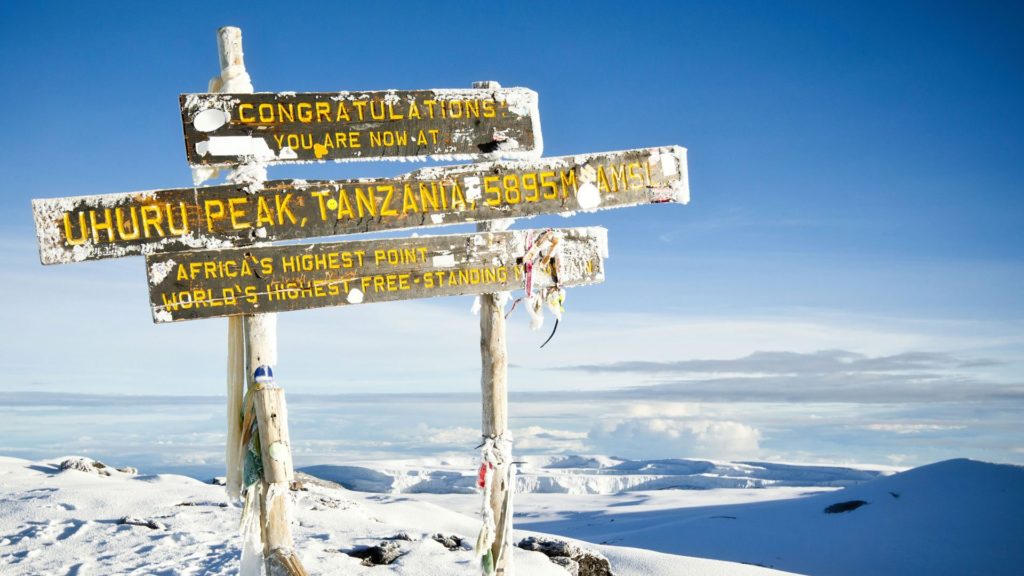Kilimanjaro is one of the most awe-inspiring places on Earth. Its snow-capped peak rises over 6,000 meters above sea level, and its slopes are blanketed with an array of lush vegetation. But what truly captures the imagination is the fact that Kilimanjaro is one of the few places where snow still exists in the tropics. This fascinating phenomenon is a testament to the unique natural conditions that exist on the mountain, and to the wonder of Kilimanjaro.
Awe-Inspiring Kilimanjaro
Kilimanjaro is an iconic mountain located in Tanzania, Africa. Its snow-capped peak rises 5,895 meters above sea level, making it the highest mountain in Africa and the fourth tallest freestanding mountain in the world. Kilimanjaro’s slopes are blanketed with a lush variety of plants and animals, offering a unique insight into the wonders of nature. But what truly sets Kilimanjaro apart from other mountains is its snow.
Kilimanjaro’s snow is like no other. It is a unique type of equatorial snowfall, made up of snow from glaciers that have been frozen since the last ice age. This snow is so thick that it has been known to last for years, giving a spectacular view of the mountain’s peak. It is an awe-inspiring sight that draws in tourists and adventurers from all over the world.
At the same time, Kilimanjaro’s snow is also a reminder of the fragility of our environment. Global warming and climate change have put Kilimanjaro’s snow in jeopardy, and scientists estimate that the snow may eventually disappear by the end of this century. It is an important reminder of our need to protect our environment, and to ensure that Kilimanjaro’s snow continues to amaze us for generations to come.
How Snow Endures
So how does Kilimanjaro’s snow manage to survive in such an unlikely environment? The answer lies in the unique combination of temperatures and conditions on the mountain. Kilimanjaro’s snow is created and preserved by a combination of factors.
First and foremost, Kilimanjaro’s snow relies on the unique elevation of the mountain. At 5,895 meters above sea level, Kilimanjaro is high enough to experience cooler temperatures than surrounding areas, making it an ideal environment for snow. Additionally, the mountain slopes are constantly exposed to strong winds, which help to regulate temperatures and spread the snow around the peak.
On top of that, Kilimanjaro’s snow is also bolstered by a unique combination of sunlight and humidity. The sun’s rays are reflected off the snow, creating an ideal environment for snow to form. Meanwhile, the high levels of moisture in the air help to create an ideal environment for snow to accumulate and stay frozen.
Finally, Kilimanjaro’s snow is also able to endure due to the unique climatic conditions of its environment. The mountain is located in the tropics, and its slopes experience both wet and dry seasons. This means that the snowfall is able to thaw during the wet season and then freeze again during the dry season. This creates an ideal environment for the snow to persist for long periods of time.
Kilimanjaro is an awe-inspiring place that captures the imagination of those who witness its snow-capped peak. It is a testament to the wonder of nature, and to the unique climatic conditions that make it possible for snow to exist in the tropics. While the future of Kilimanjaro’s snow is uncertain, it is a reminder of our need to protect our environment, and to ensure that the mountain remains a source of amazement for generations to come.

